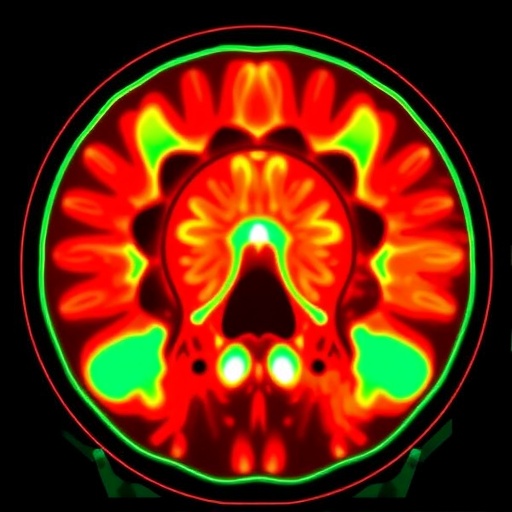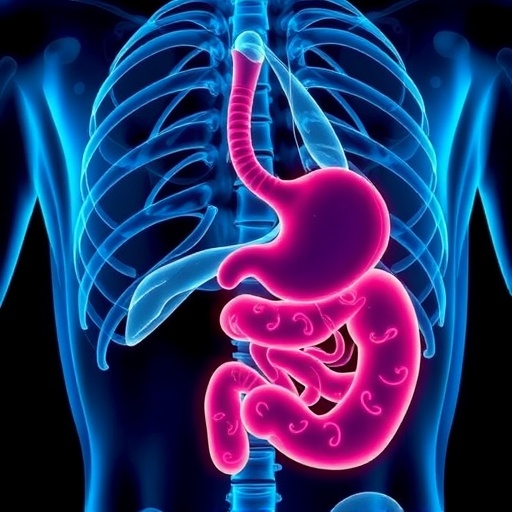New York, NY, January 7, 2016 – To determine patient eligibility for heart transplant, the International Society for Heart Lung Transplantation (ISHLT) maintains a list of criteria, first issued in 2006, that acts as a guideline for physicians. A major 10-year update has now been issued and published in The Journal of Heart and Lung Transplantation, which is freely available at http://www.jhltonline.org.
"The 2016 ISHLT Listing Criteria for Heart Transplantation: A 10-Year Update," focuses on evolving areas of importance not fully addressed previously, including infectious diseases such as the candidate with HIV and hepatitis, congenital heart disease, and restrictive cardiomyopathies. In addition, all of the original 2006 guidelines have been updated to incorporate newly available information and instances in which evolution in clinical practice demanded significant changes. For practitioners, the update includes 145 references to the recent literature concerning heart transplantation.
This multi-disciplinary effort between the ISHLT Heart Failure and Transplantation, Pediatric and Infectious Disease Councils included 15 task force members from eight nations, and was chaired by Mandeep R. Mehra, MD, Professor of Medicine, Harvard Medical School and Medical Director, Heart and Vascular Center, Brigham and Women's Hospital, Boston MA, and Editor-in-Chief of The Journal of Heart and Lung Transplantation.
"There are many controversial issues in the guidelines that we have tackled head on including heart transplantation in previously denied conditions (HIV, hepatitis amyloidosis, certain congenital heart diseases) that we now allow or recommend more lenient listing," noted Dr. Mehra. "The 2006 guidelines were particularly important in that we recommended against an age limit for transplantation or time dependency for patients with previously healed cancers (e.g. waiting a minimum of five years for freedom from cancers). The new guidelines not only update several of these prior issues, but also tackle the most controversial topics of our times."
Notable changes to the 2006 guidelines include:
- For overweight patients with heart failure, the criteria now stipulate that physicians should recommend a weight loss program to reduce body mass index (BMI) to less than 35, rather than the previous target of 30. This somewhat relaxed goal was changed in response to new evidence-based information and may result in more patients qualifying for transplantation.
- Because new evidence has questioned the predictive accuracy of the Heart Failure Survival Score (HFSS), the ISHLT now recommends that listing patients solely on HFSS criteria should occur, only in situations of indeterminate prognosis.
- Right heart catheterization (RHC) is recommended for all adult candidates in preparation for listing for cardiac transplantation and periodically up to the date of transplantation. The committee now agrees that this periodic RHC is not advocated for routine surveillance in children.
- Use of mechanical circulatory support should be considered for patients with potentially reversible or treatable co-morbidities such as cancer, obesity, renal failure, tobacco use and pharmacologically irreversible pulmonary hypertension with subsequent re-evaluation to establish candidacy.
- Any patient for whom social supports are deemed insufficient to achieve compliant care in the outpatient setting may be regarded as having a relative contraindication to transplant. The benefit of heart transplantation in patients with severe cognitive-behavioral disabilities or dementia (e.g. self-injurious behavior, inability to ever understand and cooperate with medical care) has not been established, has the potential for harm and therefore heart transplantation cannot be recommended for this subgroup of patients.
- Patients with HIV infection, hepatitis, Chagas disease, or even tuberculosis can now be considered as suitable candidates provided certain strict management principles are adhered to by the teams.
###
Media Contact
Elizabeth Perill
[email protected]
212-633-3833
@elseviernews
http://www.elsevierhealth.com




